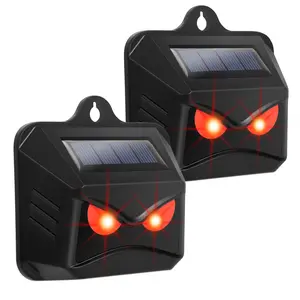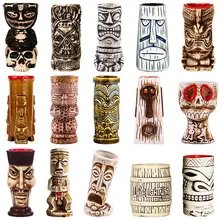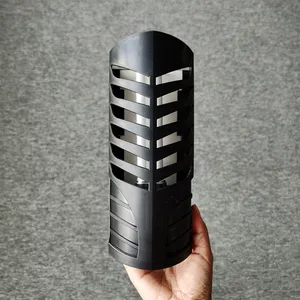The fly catcher is an instrument used to catch flies. Fly catchers usually use bait and traps to attract flies and trap or kill them. Fly catcher designs can come in many varieties, such as electric fly catchers, automatic fly catchers, or wall-mounted fly catchers.
Types of fly catchers
According to different designs and ways of use, fly catchers can be divided into the following main types: First, sticky fly catchers use sticky materials, such as tape or sticky paper, to attract and stick to flying insects. When flies come into contact with a sticky surface, they get stuck and can't escape. The type of fly catcher is commonly used in indoor environments such as kitchens, restaurants, and food processing locations. Second, electric shock catchers use electric shock grids, or stun sticks, to kill flying insects by delivering a high-voltage electric shock. When the flies come into contact with the shock grid or the shock stick, they are shocked to death. The type of fly catcher is commonly used in indoor and outdoor environments such as courts, shops, and public places.
Third, attractive fly catchers use special light sources, smells, or sounds to attract fly insects. Once flies are attracted near the trap, they are caught or killed by other mechanisms. The fly catchers are commonly used in indoor and outdoor environments such as gardens, terraces, and farmland. Fourth, the artificial fly trap is an artificial device, such as a fly swatter or fly curtain, used to manually strike or deter fly insects. The type of fly catchers is commonly used in indoor and outdoor environments such as homes, restaurants, and open-air markets.
Tips for choosing indoor fly catchers
There are several factors to consider when choosing the right indoor fly catchers. There are many types of indoor or home fly catchers, such as sticky fly catchers, electric fly catchers, and attractive fly catchers. Choose the right type based on preferences and needs. First, consider the size, layout, and usage of the interior. With less space, users can choose a small fly catcher, such as sticky flypaper or an electric shock trap. If there is a large indoor space, users can choose an attractive fly trap, such as a light source or odor trap. Second, ensure the security of fly catchers for humans and pets. Some fly catchers can be dangerous to humans, especially for children and pets. Pay attention to the safety performance of the product when choosing.
Third, consider whether the fly catcher is easy to install and maintain. Some fly catchers may require regular changes of sticky material or cleaning of the shock grid, while others may require less maintenance. Choose the right fly catcher according to the time and energy and learn about the effects and performance of different fly catchers and choose the right one.









































 浙公网安备 33010002000092号
浙公网安备 33010002000092号 浙B2-20120091-4
浙B2-20120091-4